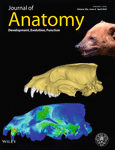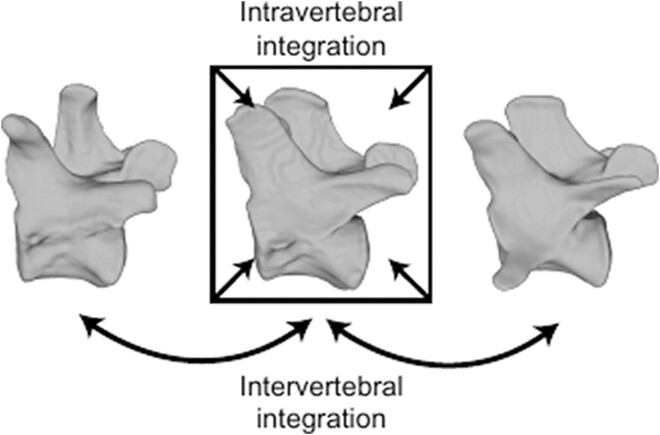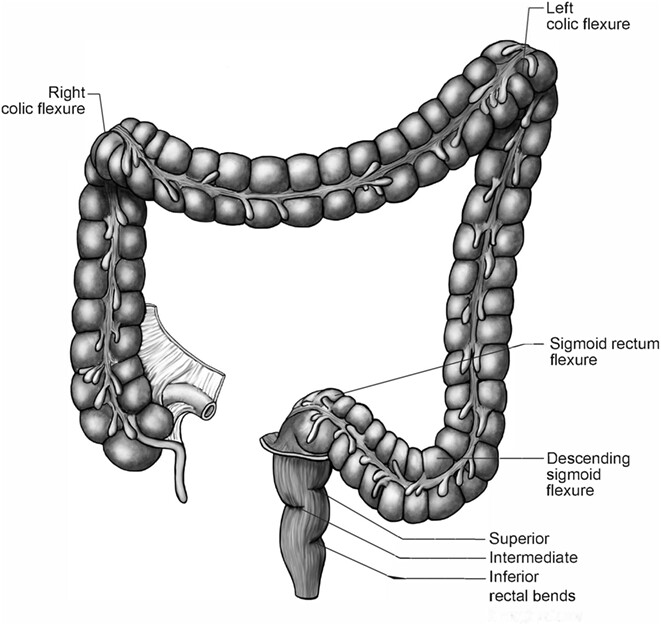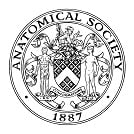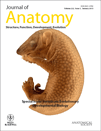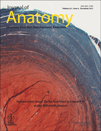Journal list menu
Export Citations
Download PDFs
ISSUE COVER
Issue Cover (April 2023)
- Page: i
- First Published: 12 March 2023
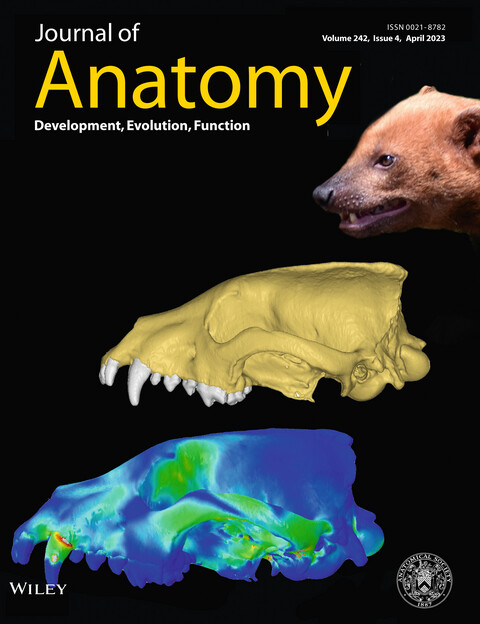
Front cover:
Cover image: Using finite element analysis to understand the hunting behaviour of the bear-faced bush dog (Speothos venaticus), one of the world's least-know canids. See J.V. Ruiz et al., ‘Different, but the same: inferring the hunting behaviour of the hypercarnivorous bush dog (Speothos venaticus) through finite element analysis’, this issue.
ISSUE INFORMATION
ORIGINAL ARTICLES
Different, but the same: Inferring the hunting behaviour of the hypercarnivorous bush dog (Speothos venaticus) through finite element analysis
- Pages: 553-567
- First Published: 09 December 2022

Von Mises stress contour plots from finite element analysis of the intrinsic scenarios modelled to the mandibles of the bush dog (Speothos venaticus), grey wolf (Canis lupus) and grey fox (Urocyon cinereoargenteus). Asterisks indicate the placement of the tooth bite. The mean von Mises stress of each scenario is shown in the bottom right. CanU: unilateral canine-driven bite; CarU: unilateral carnassial-driven bite; CanB: bilateral canine-driven bite; CarB: bilateral carnassial-driven bite.
Truly dorsostable runners: Vertebral mobility in rhinoceroses, tapirs, and horses
- Pages: 568-591
- First Published: 15 December 2022
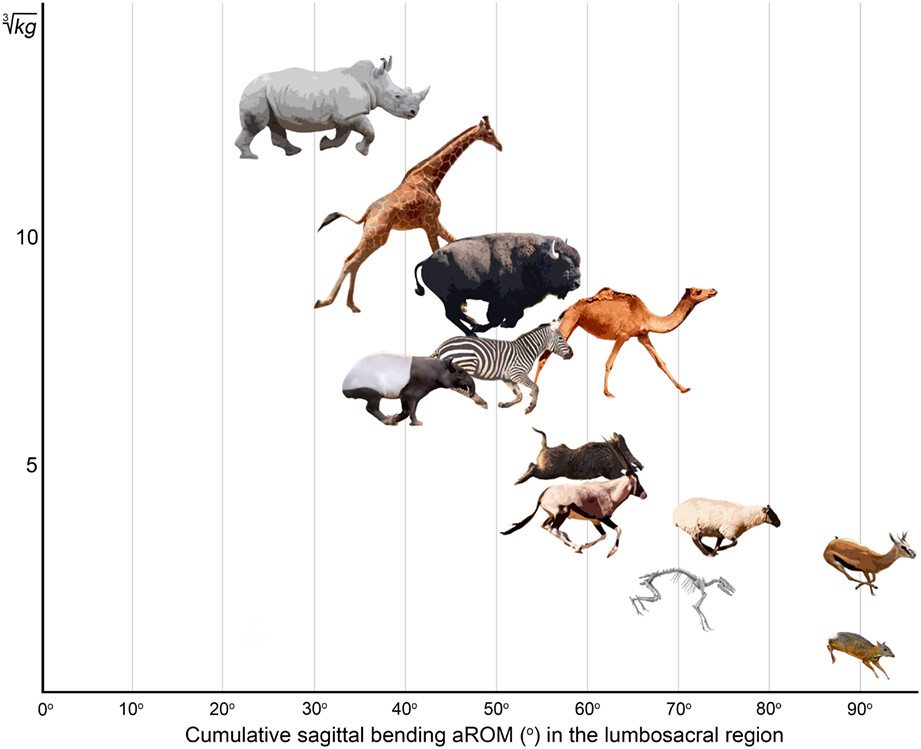
This study is the first large-scale analysis of mobility throughout the presacral region of the vertebral column covering a majority of extant odd-toed ungulates from 6 genera and 15 species. We quantified all three directions of intervertebral mobility: sagittal bending, lateral bending, and axial rotation.
Inner workings of the alligator ankle reveal the mechanistic origins of archosaur locomotor diversity
- Pages: 592-606
- First Published: 09 December 2022
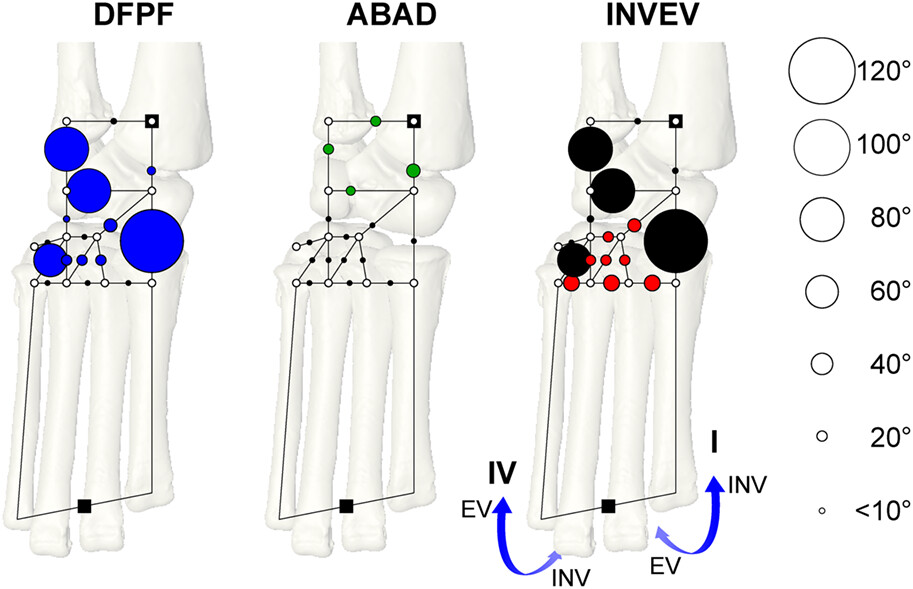
We demonstrate the mechanical basis of ankle mobility in archosaurs and propose how significant shifts in ankle structure relate to locomotor diversity. The sources of three-dimensional ankle mobility were determined in the American alligator, a species that retains the ancestral archosaur ankle structure. We then translated patterns of multi-joint coordination into novel mechanical constraints for evolutionary transitions in extinct archosaur ankle function.
Foot adaptation to climbing in ovenbirds and woodcreepers (Furnariida)
- Pages: 607-626
- First Published: 16 December 2022
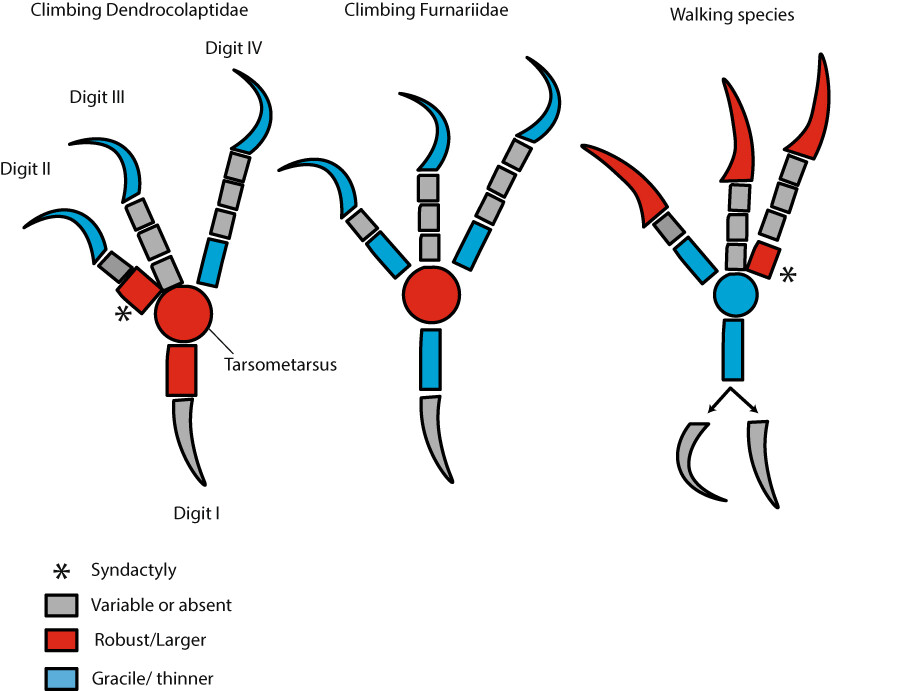
Furnariida covers diverse ecologies and locomotor habits, ranging from strictly terrestrial to climbing birds, with different degrees of acrobatic performances. By focusing on the foot, we were able to find subtle morphological adaptations associated with specific ways of climbing (e.g. tail-assisted climbing or not), using state-of-the-art 3D GMM. In general, climbing species tend to have a more robust tarsometatarsus, with highly spread trochlea. The presence of a notch in the first phalanx of digit IV, interlocking with the first phalanx of digit III, associated with a fusion of the skin can be interpreted as functional osteological syndactyly, certainly improving the climbing ability of these birds. Finally, climbing species are more likely to have strongly curved claws on their forward digits (digits II, III, and IV).
Dental topographic proxies for ecological characteristics in carnivoran mammals
- Pages: 627-641
- First Published: 23 January 2023
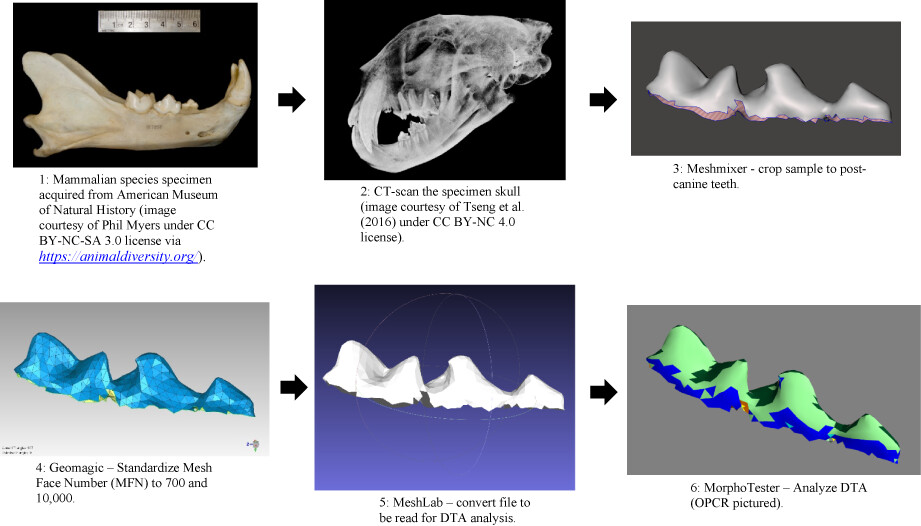
Dental topographic metrics represent stronger predictors for dietary and other ecological variables than do linear measurements. We measured three dental topographic metrics: Relief Index (RFI), Dirichlet Normal Energy (DNE), and Orientation Patch Count Rotated (OPCR) in 57 extant carnivoran species. Our results suggest that cusp height is strongly reflective of dietary ecology in carnivorans as a whole, and represents a proxy mainly for different degrees of hypercarnivory observed within this group of predatory mammals.
Intravertebral vs. intervertebral integration and modularity in the vertebral column of mammalian carnivorans
- Pages: 642-656
- First Published: 30 December 2022
Anatomical basis for contribution of hip joint motion by the obturator internus to defaecation/urinary functions by the levator ani via the obturator fascia
- Pages: 657-665
- First Published: 18 December 2022
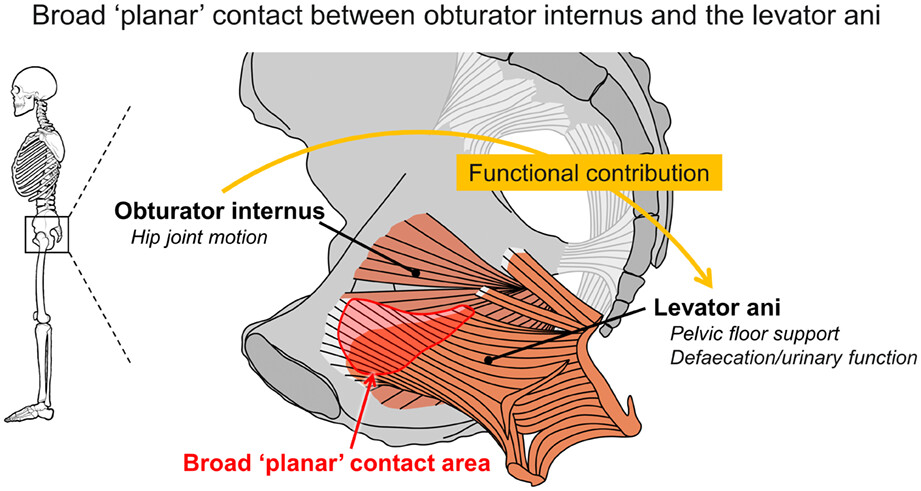
This study clarified a broad ‘planar’ contact between the obturator internus, a muscle of the hip joint, and the levator ani, a muscle of the pelvic floor. This anatomical feature suggests that movement of the obturator internus creates the foundation for the function of the levator ani and contributes to pelvic floor support. This finding provides an anatomical basis for the effectiveness of the hip muscles in improving defaecation/urinary function through enabling balanced and proper movements.
The relationship between clinical examination measures and ultrasound measures of fascia thickness surrounding trunk muscles or lumbar multifidus fatty infiltrations: An exploratory study
- Pages: 666-682
- First Published: 15 December 2022
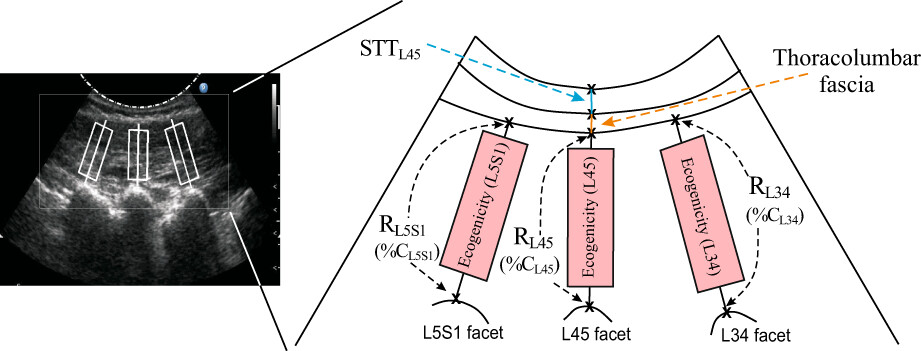
Patients with chronic low back pain exhibit remodelling of the lumbar soft tissues such as muscle fatty infiltrations of the lumbar multifidus muscles and thickness changes of fasciae surrounding back and abdominal muscles. Clinical examination findings from different domains (biological, psychological, social and lifestyle) were found to be related to the corresponding ultrasound imaging parameters. These results may have implications for rehabilitation as these clinical findings are modifiable.
Association between anatomic variations of extrahepatic and intrahepatic bile ducts: Do look up!
- Pages: 683-694
- First Published: 20 January 2023

The presence of the Type 3 variant of extrahepatic bile duct [i.e. an abnormal proximal CD insertion, according to both the standard classification (CDDP/EHBD ratio > 66%) and the new classification (CDDP/EHBD ratio >75%)], an intrapancreatic CD (i.e. an abnormal low CD insertion) and, especially, a posterior or medial insertion of the CD into the EHBD represent predictive factor for the concomitant presence of IHBD variants, thus radiologists must be vigilant when encountering these anatomical configurations and always remember to “look up” also in the intrahepatic system.
“Flexures and bends of the large intestine: Current terminology and a suggestion to simplify it”
- Pages: 695-700
- First Published: 30 November 2022
BRIEF COMMUNICATION
Reviving the anatomic past: Breathing new life into historic anatomical teaching tools
- Pages: 701-704
- First Published: 03 December 2022
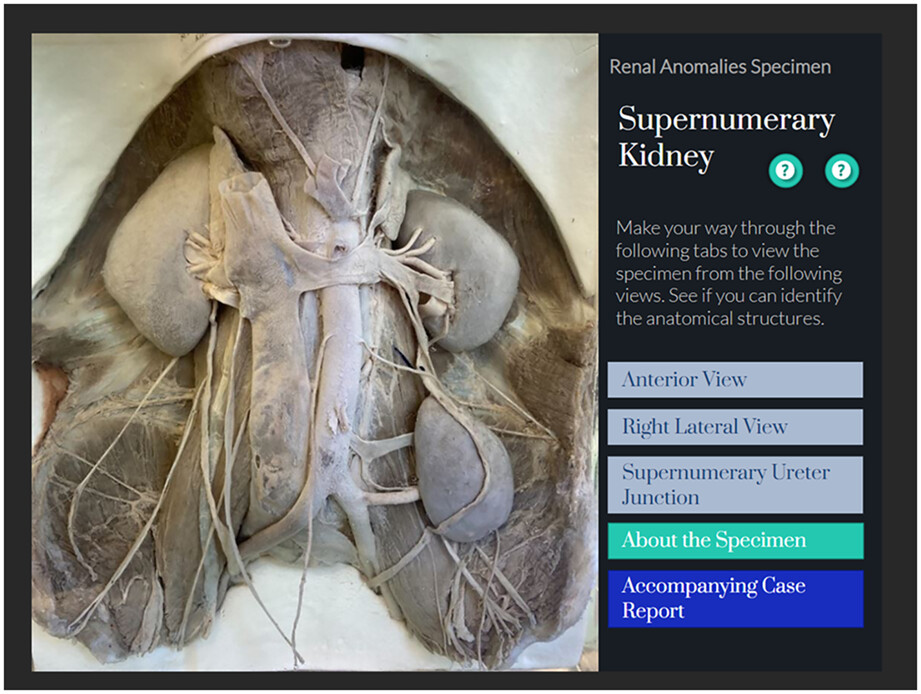
The last two decades have seen a shift in the way anatomy education is delivered. With the introduction of blended learning, cadaveric dissection is no longer the be all and end all and, in many cases, the continuing role of anatomical teaching artifacts has declined after decades of prominence. While some institutions have abandoned their archaic anatomical collections and medical museums completely, others have invested in their technological enhancement. We describe the integration of historical teaching artefacts into contemporary anatomy education through the development of an interactive online e-platform and shed light on the enduring pedagogic value of past anatomical teaching specimen.
ABSTRACTS
Summer Meeting of the Anatomical Society: Dublin 2022
- Pages: 705-736
- First Published: 02 December 2022
LETTER TO THE EDITOR
On taxonomic issues, ontogenetic series and tooth replacement. Comments on Diphyodont tooth replacement of Brasilodon—A late Triassic eucynodont that challenges the time of origin of mammals by Cabreira et al.
- Pages: 737-742
- First Published: 30 January 2023




